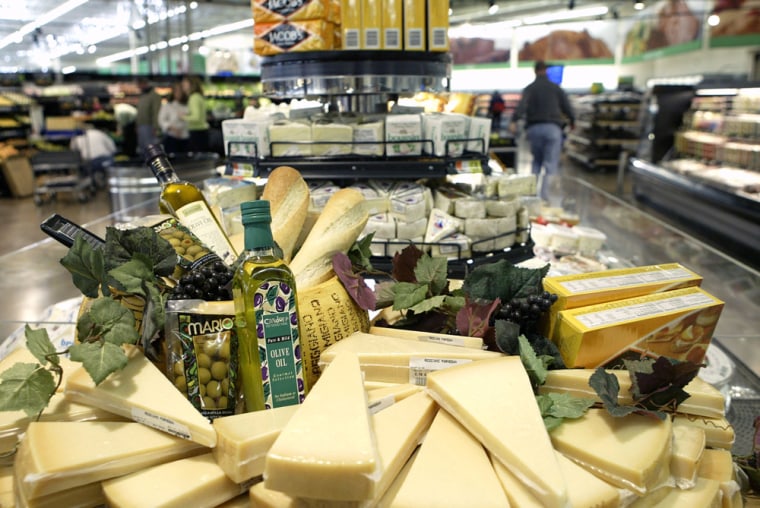Wal-Mart Stores Inc. will retool its 3,256 U.S. stores over two years to give them a more customized mix of goods and layout for six key groups of customers, including Hispanics, African-Americans and affluent shoppers, the executive in charge of Wal-Mart’s U.S. operations said Thursday.
The move is the latest strategy twist for the world’s largest retailer as it struggles to revive growth rates that have fallen behind smaller rivals such as Target Corp. and after the company’s first quarterly drop in profits in a decade.
The approach, called segmentation, follows months of new initiatives from Wal-Mart to make sure each store is better tailored to its locale and to lure more affluent shoppers, who may come to Wal-Mart for groceries and basics but skip the company’s more profitable aisles like apparel and electronics.
Eduardo Castro-Wright, president and chief executive of Wal-Mart U.S., said stores will get a more specific mix of products and layout to appeal to one of the six target groups — based on what market research showed was the best approach for that location.
“Driving customer relevancy will drive growth,” Castro-Wright said in a Webcast of a presentation to financial analysts.
The target groups identified by Wal-Mart’s market researchers are Hispanics, African Americans, “empty-nesters/boomers,” affluent, suburban and rural shoppers, according to Castro-Wright’s slide presentation.
But he said the approach will not require changing more than a small part — about 3,000 — of the roughly 200,000 items sold by a typical Supercenter, the retailer’s largest stores that combine merchandise with a full grocery section.
And each demographic category will include hundreds of stores, so Wal-Mart will not be sacrificing the economies of scale that have allowed it to offer low prices, Castro-Wright said.
“At the end of the timeline, anywhere from 18 to 24 months, we will have all of this implemented across the chain,” he said. He did not specify a starting point for that timeline.
For now, Wal-Mart is testing the approach in 20 to 40 stores.
In Houston, one store is adopting a Hispanic identity, in part by offering more Hispanic grocery products, a fresh-from-scratch bakery and selling 300 to 500 breakfast tacos a day.
The results relative to other Houston Supercenters include sales per square foot that are 7.6 percent higher and a higher gross margin, which means more profits per item sold.
In the Chicago area, Wal-Mart has defined a store in Evergreen Park as African-American, including offering more urban apparel, a music selection that is all gospel, rap and urban and what it describes as “ethnic hair care” products. Gross margin in that store is also far above other Chicago-area Wal-Marts, Castro-Wright said.
In March, Wal-Mart opened a new upscale store in Plano, Texas, aimed at shoppers in that affluent Dallas suburb. It includes high-end electronics, more fine jewelry, hundreds of types of wine ranging up to $500 a bottle, and even a sushi bar.
